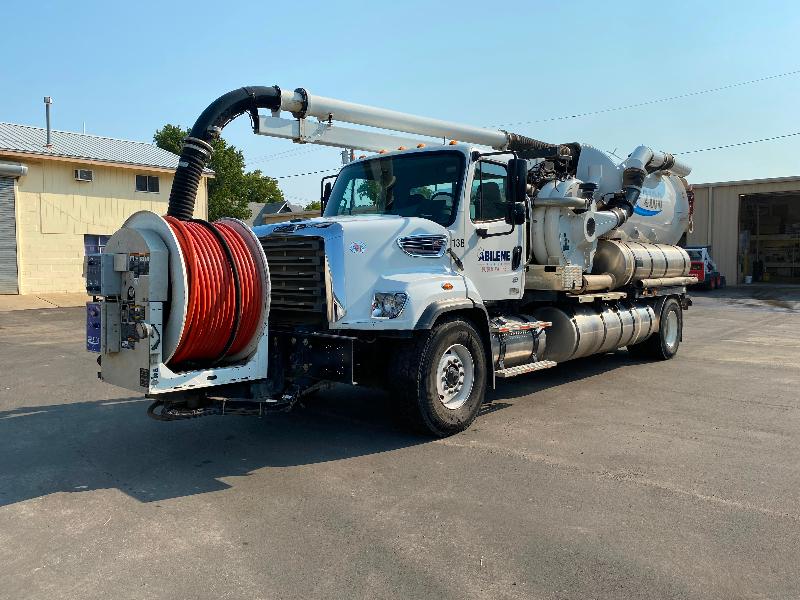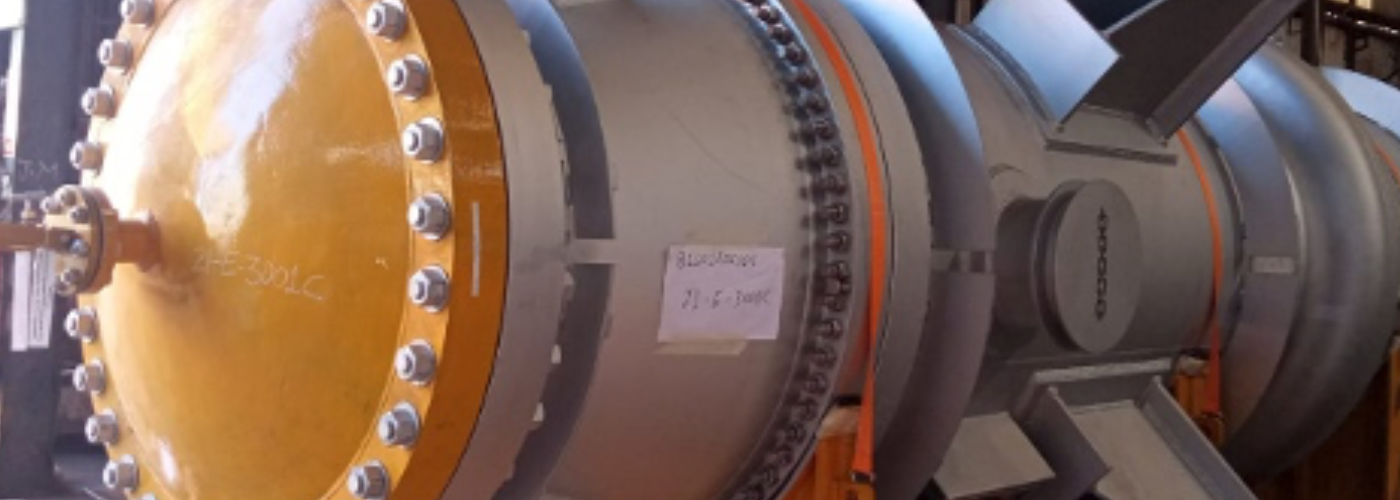Media Coverage
Best Practices for Asset Management to Achieve Competitive Advantage
With revenue growth still elusive there is increased pressure on operations and supply chain managers to identify opportunities for innovation, cost efficiencies, and sustainable business practices involving asset and equipment management. While historically considered an afterthought versus a source of competitive advantage, the reverse supply chain is primed to help organizations grow and create value. The "Reverse Supply Chain" includes all surplus and idle operating assets no longer used in production, such as used manufacturing equipment, vehicle fleets, IT assets, and scrap material. The size of the U.S. reverse supply chain is estimated at $150 billion and involves activities such as asset tracking, asset sorting, financial recovery decisions, valuation, redeployment, asset liquidation, financial revenue/cost reporting, and reconciliation reporting across multiple entities. Here are key strategies to create value within your reverse supply chain to achieve competitive advantage: (Article written by Bill Angrick, Chairman and CEO of Liquidity Services)






